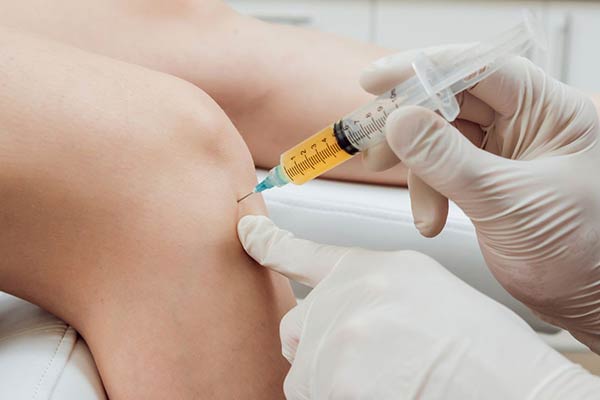Our body is made up of strong bones and joints that can withstand a lot of force. However, that does not mean they cannot get damaged. Health conditions and injuries can result in pain, and it can soon become a lifestyle problem if not treated promptly.
One of the revolutionary methods to heal injuries and diseases is regenerative medicine, which uses your own body’s tissue. If you are curious about regenerative medicine Livingston, be sure to schedule a consultation session with a specialist in NC to learn more.
Regenerative medicine is the latest breakthrough in the world of disease treatments, but what conditions does it treat? Read this blog to know the list of diseases.
Understanding stem cells
Stem cells are a type of cell that are capable of renewing themselves and generating new cells for the body. They are the only things in the human body that can create new cells without any artificial stimulation. When kept under the right conditions, stem cells can develop into more specialized cells, such as heart muscle, blood, bone, and brain cells.
To answer the question, “How do stem cells cure illnesses?” — they do so by regenerating the diseased tissues and organs of the body.
There are two main types of stem cells–
- Embryonic stem cells: They originate from unused embryos from in vitro fertilization. When an embryo is three to five days old, it forms a cluster of cells known as a blastocyst. The blastocyst contains about 150 cells, which can divide into more stem cells and develop into specialized cells in the body.
- Adult stem cells: Unlike embryonic cells, these are harvested from fully developed tissues and thus can only be obtained in small numbers. They also have a more limited ability to generate different cell types.
Understanding Prolotherapy

Also known as proliferation therapy, Prolotherapy is a non-surgical alternative for treating chronic musculoskeletal conditions. It is an injection-based treatment where a natural irritant is injected into the injured area to stimulate the body’s natural healing process.
Naturally, the patient might feel a bit of discomfort early in the process. However, this method achieves the goal of strengthening ligaments in the joint, leading to better stability and pain relief. The process involves several injections administered at the site of the injury.
Prolotherapy, in total, may take up to 6 months. During each session, the patient receives anywhere between four to 15 injections, depending on their unique circumstances.
Understanding Platelet-Rich Plasma
PRP, or platelet-rich plasma, is new to the field of medicine, being introduced in the 1990s. PRP is obtained from the patient’s own blood. PRP is essentially a concentration of a specific type of cell that is found in the human body, known as platelets. Platelets are important for blood clotting and aid in healing.
Platelet-rich plasma is collected and then injected into the affected area, such as tendons and ligaments. It is used to treat various problems related to muscles, ligaments, bone, cartilage, intervertebral discs, meniscus, wound, etc.
List of diseases treated with regenerative medicine
Thanks to medical research, this new treatment method can now treat various life-threatening diseases. Some of them include the following:
-
- Anemias: Paroxysmal Nocturnal Hemoglobinuria, Fanconi Anemia, Congenital Dyserythropoietic Anemia, Aplastic Anemia.
- Bone marrow cancers: Multiple Myeloma, Plasma Cell Leukemia, and Waldenstrom’s Macroglobulinemia.
- Inherited immune and other system disorders: Pearson’s Syndrome, Gunther’s Disease, Systemic Mastocytosis, Hermansky-Pudlak Syndrome, Shwachman-Diamond Syndrome, and Hair Hypoplasia.
- Lymphoma: Hodgkin’s Lymphoma
-
- Orthopedic Conditions: Osteoarthritis, natural joint reconstruction for hips, natural joint reconstruction for knees, tendinitis and ligament injuries, sports injuries, and rotator cuff tears.
- Wound conditions: Diabetic foot ulcer, bed sores, and phlebitic ulcers.
Visit a regenerative medicine expert today!
From orthopedic issues to the body’s immune system, regenerative medicine can do a lot. Regardless of the illness you might be dealing with, schedule a consultation meeting with a regenerative medicine expert today to know your options!


